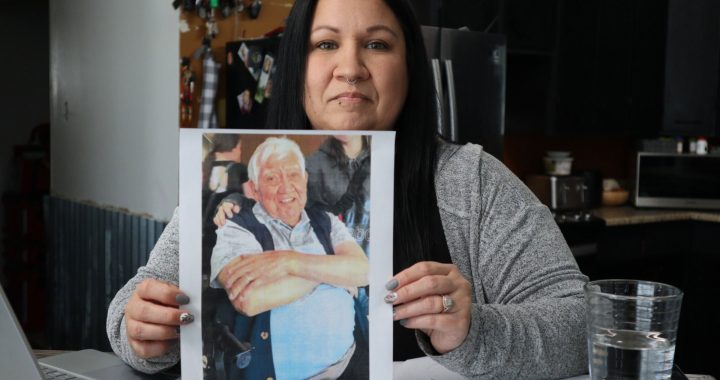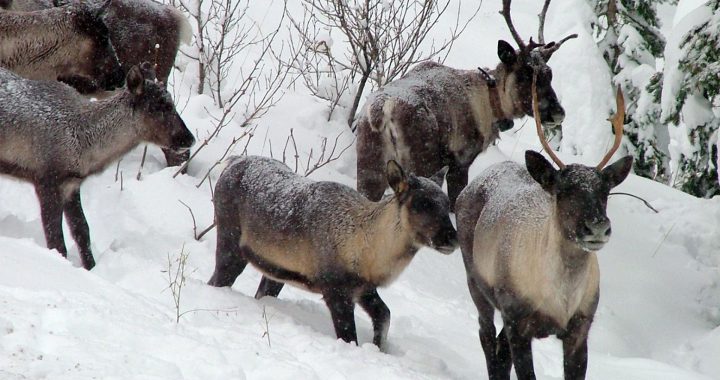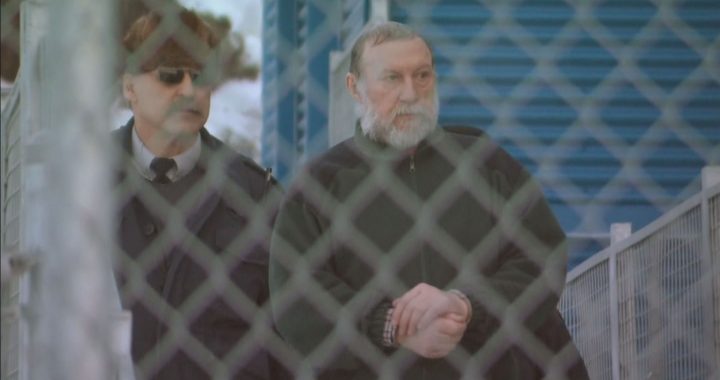Thousands of multi-coloured butterflies from ten countries around the world are on display at the Botanical Gardens in Montreal.
Of the more than 150,000 species that exist, 70 are represented in the exhibit.
Biologist Sonya Charest says behind their many charms lies a complex evolutionary process to ensure the survival of the species.
“Those beautiful butterflies, the colors and pattering… it is the result of that evolution and that is what we want people to understand when they come here that butterflies and nature are really linked together,” said Charest.
“They have evolved together and it is an equilibrium that we have now and we should protect.”
Monarch butterflies, with the orange and black striped wings fly from Quebec to Mexico for the winter.
The Blue Morpho has developed striking colours on its wings to mate – but can easily hide from predators.
But global changes are effecting these insects.
“Global changes is like a carpet that is sliding under their feet and at some point at the rhythm that it is happening they may end up completely away from the carpet and in conditions where they can’t survive,” said Maxim Larrivée, a researcher at the Montreal Insectarium. “So we are focussed on measuring the rhythm which is changing and the treats that butterflies share that will allow them to adapt to global change.”
Larrivée said he is developing tools to raise awareness among young people.
A program was created four years ago with Inuit teenagers in Nunavik National parks.
“It is amazing to see the interest that they have with the curiosity that they have with the butterflies that we collect,” he said. “They love doing it and they have an eye for identifying them in different shades that is exceptional.
“It is a great thing to do and really to see how to share with them and learn from them also about the land, very special.”
For many Indigenous peoples, butterflies mean transformation – but it also believed to be a messenger from the spirit world.










